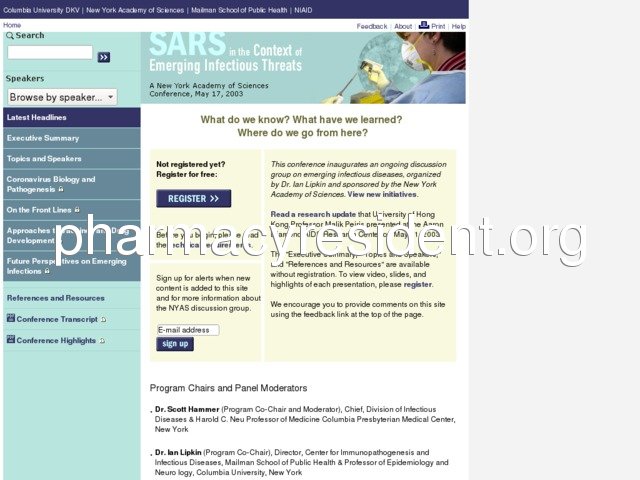L’azithromycine, commercialisée sous le nom de Zithromax, est un antibiotique macrolide dérivé de l’érythromycine mais doté d’une demi-vie plus longue et d’une meilleure tolérance digestive. Son mécanisme repose sur l’inhibition de la sous-unité 50S ribosomale, bloquant la translocation peptidique et interrompant la synthèse des protéines essentielles. Sa pharmacocinétique est caractérisée par une absorption digestive rapide, une distribution intracellulaire élevée et une élimination biliaire prédominante, ce qui prolonge son activité même après la fin du traitement. Dans la littérature clinique, l’efficacité de l’azithromycine est confirmée dans les infections respiratoires basses, les infections à Chlamydia trachomatis et certaines pathologies ORL. Les sources spécialisées indiquent également que zithromax prix est mentionné dans le cadre d’un usage rationnel, avec une vigilance accrue concernant les interactions avec les antiarythmiques et le risque d’allongement de l’intervalle QT.
SARS in the Context of Emerging Infectious Threats: Home Page - SARS in the Context of Emerging Infectious Threats: A Web archive developed by Columbia DKV for a conference hosted by the New York Academy of Sciences.

Country: 128.59.105.24, North America, US
City: -73.9653 New York, United States
I bought this book about 8 months ago,started to study it,it took some time for the first time ,alot of information in one page,
This is the best game in the entire universe and after you complete a dance, it plays back a cool video of you spliced with different portions of the song where you scored the highest.
It is super difficult to find the songs for younger kids. You spend to much time looking for songs than dancing.
Very helpful when you feel like you are getting sick, start taking soon as you feel cold coming on...at least 3 times a day..
I've been using Quicken since 1991 and recall a time when I looked forward to upgrading the product. The feature enhancements were always worth the price and I always felt that the improvements were significant. Somewhere along the line, the product matured and I lost interest in the enhancements, most of which I did not use. Simultaneously, Quicken decided to limit product support to a 3-year period, requiring everyone to update or lose automatic downloading of financial information. I can understand the need to generate income for ongoing support and product development, but the practice of coercing customers to buy enhancements they don't need or want is a bitter pill to swallow. It also creates a bit of anxiety when you watch the product uninstall your old version of Quicken and convert 20 years of data into a new format. I believe that I would prefer to pay an annual maintenance fee for a lean product than go through the update process every three years.